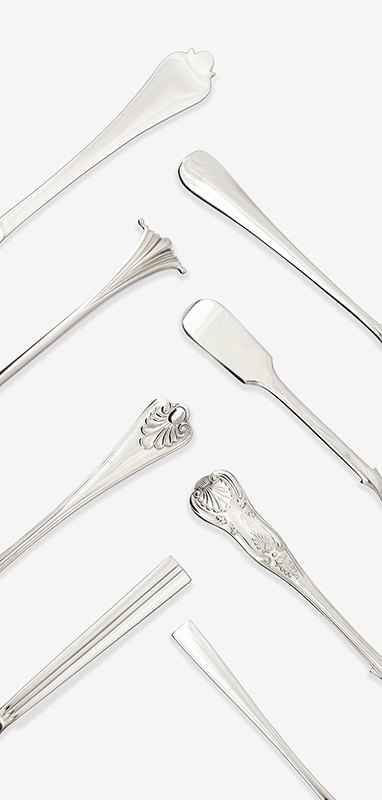
By 1932 Diego Rivera was rich and famous. He’d advanced the cause of cubism in France and Spain alongside Pablo Picasso, and, with fellow Mexican nationals Jos Clemente Orozco and David Alfaro Siqueiros, was a leading proponent of the Mexican mural movement, which promulgated leftist social politics under the benevolent aegis of the country’s revolutionary government. John D. Rockefeller Jr. was the son of the richest man in the world, and a philanthropist and capitalist who was overseeing the development of a twenty-acre parcel of land in Manhattan into a sprawling testament to his family’s wealth and power. As part of his vision, the buildings of Rockefeller Center would be graced with artistic contributions from the brightest stars of the modern art world.

Rockefeller engaged Rivera to paint a mural for 30 Rockefeller Plaza that would gel with the complex’s theme: “New Frontiers.” But, under fire from fellow leftists, who accused him of selling out to an enemy of the people, Rivera abruptly changed course while carrying out his commission, making drastic alterations to his original design. This act of rebellion would result in Rivera’s dismissal, and his priceless fresco was scraped from the wall. It’s a hidden history lurking at the heart of empire, and the next video in our series #TMAexplains will dive right in.
Find #TMAexplains on YouTube, or visit our website and select the “Video” tab at the top of the page.

They say that imitation is the sincerest form of flattery—and in the antiques world the sincerest form of imitation is reproduction,” says Curious Objects host Benjamin Miller. One firm that’s well-versed in this particular form of historical homage is James Robinson Inc., whose hundred-year partnership with a legacy silver workshop in Sheffield, England, has resulted in what Miller identifies as “the best historical-style silver flatware being made today anywhere in the world.”
Fletcher Robinson (the company’s name is a combination of “James Robinson” and “C. W. Fletcher and Sons,” the latter purchased by the former in 2002) makes its flatware the old-fashioned way. Everything starts with an ingot, which is annealed— heated and beaten—to stretch and compact the silver, which is then filed, buffed, and finished to an even gleam. After such a trial by fire, hammer, and other sharp and spinning tools nothing could scare the resulting spoon or fork: not bacon grease, palm oil, or strong hands. An annealed piece of silverware can be used daily, run through the dishwasher, and it’ll last. But you don’t have to take our word for it. James Boening, director of James Robinson, and Craig Kent, workshop manager in Sheffield, put their good names on the line in defense of their wares in the current episode of Curious Objects.
As always, you can tune in to Curious Objects on Spotify, iTunes, or wherever you listen to podcasts, or navigate to ANTIQUES’ website and select the “Podcast” tab.
